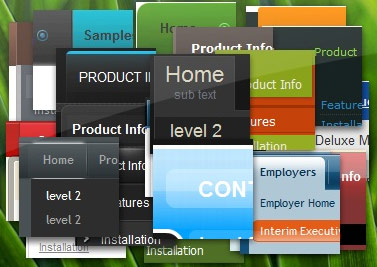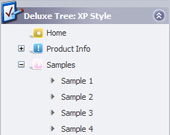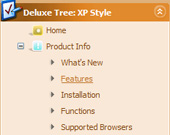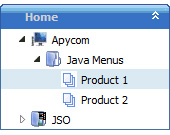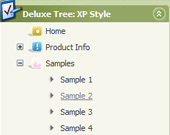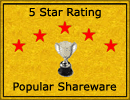Template: Html Javascript Treeview Changer Les Icone
Tree Java Script Outlook 2003 look
The template emulatesOutlook 2003 look. To open submenus click on menu items.
The appearence of this template is determined by the following parameters:
- Toggle-mode support.
- Items have icons
- Animation effect for subitems
- Menu has a static position and is placed within the table cell
The template emulatesOutlook 2003 look. To open submenus click on menu items.
The appearence of this template is determined by the following parameters:
- Toggle-mode support.
- Items have icons
- Animation effect for subitems
- Menu has a static position and is placed within the table cell
Key features:
- Personal CSS styles for separate menu elements
- Submenus expand/collapse on mouseover
- Filters and Transitional effects
- Unlimited number of sub levels
- Several menus on one page
- Items with icons
- Submenus automatically scrolls
- different speed for an animation for submenus
- Personal CSS styles for separate menu elements
- Submenus expand/collapse on mouseover
- Filters and Transitional effects
- Unlimited number of sub levels
- Several menus on one page
- Items with icons
- Submenus automatically scrolls
- different speed for an animation for submenus

